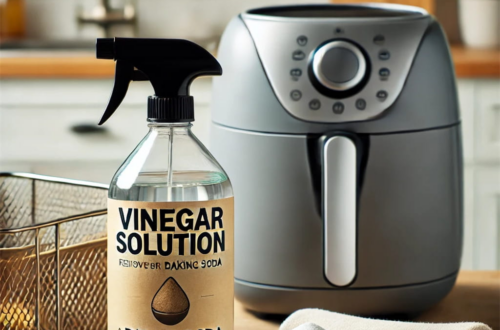Sanitary Napkin Material: Composition and Properties
# Sanitary Napkin Material: Composition and Properties
## Introduction to Sanitary Napkin Materials
Sanitary napkins are essential feminine hygiene products designed to absorb menstrual flow. The materials used in their construction play a crucial role in their effectiveness, comfort, and safety. Modern sanitary napkins combine various layers of specialized materials to provide optimal protection while maintaining skin health.
## Core Components of Sanitary Napkins
### 1. Top Layer (Cover Stock)
The top layer is the part that comes in direct contact with the skin. It’s typically made from:
– Non-woven polypropylene: Soft and breathable
– Perforated plastic film: For quick liquid absorption
– Cotton-like materials: For enhanced comfort
This layer is designed to stay dry while allowing menstrual fluid to pass through quickly to the absorbent core.
### 2. Absorbent Core
The absorbent core is the most important functional component, usually consisting of:
– Fluff pulp: Made from wood cellulose
– Superabsorbent polymers (SAP): Sodium polyacrylate crystals
– Combination of both materials
SAP can absorb many times its weight in liquid, transforming it into a gel to prevent leakage.
### 3. Back Sheet
The back sheet prevents leakage and is typically made from:
– Polyethylene film: Waterproof barrier
– Breathable microporous films: Allows vapor transmission
– Biodegradable materials: In eco-friendly products
### 4. Adhesive Layer
The adhesive keeps the pad in place and usually contains:
– Pressure-sensitive adhesives
– Hypoallergenic formulations
– Wing adhesives for secure attachment
## Specialized Materials and Features
### Odor Control Components
Many modern pads incorporate:
– Activated charcoal layers
– Baking soda additives
– Antimicrobial treatments
### Wing Materials
Wings are typically made from:
– Non-woven fabrics
– Breathable plastic films
– Elastic materials for better fit
## Material Properties and Performance
The effectiveness of sanitary napkins depends on several material properties:
– Absorbency rate: How quickly fluid is drawn away from the surface
– Retention capacity: How much fluid the pad can hold
– Wetback prevention: Ability to keep moisture from returning to the surface
– Breathability: Allows air circulation to reduce skin irritation
– Softness: Comfort against sensitive skin
## Environmental Considerations
Recent developments focus on sustainable materials:
– Organic cotton topsheets
– Biodegradable backsheets
– Plant-based SAP alternatives
– Compostable packaging
Manufacturers are increasingly addressing environmental concerns while maintaining product performance.
## Safety and Skin Compatibility
Materials are carefully selected to minimize risks:
– Hypoallergenic formulations
– Dermatologically tested components
– Fragrance-free options for sensitive skin
– Chlorine-free bleaching processes
## Future Material Innovations
Keyword: sanitary napkin material
Emerging technologies include:
– Smart materials that change color for health monitoring
– Nanofiber layers for enhanced protection
– Biodegradable superabsorbents
– Antibacterial natural fibers
These innovations aim to improve both performance and environmental sustainability.
## Conclusion
The materials used in sanitary napkins have evolved significantly, offering better protection, comfort, and environmental friendliness. Understanding these materials helps consumers make informed choices based on their needs and values. As technology advances, we can expect continued improvements in both performance and sustainability of feminine hygiene products.


